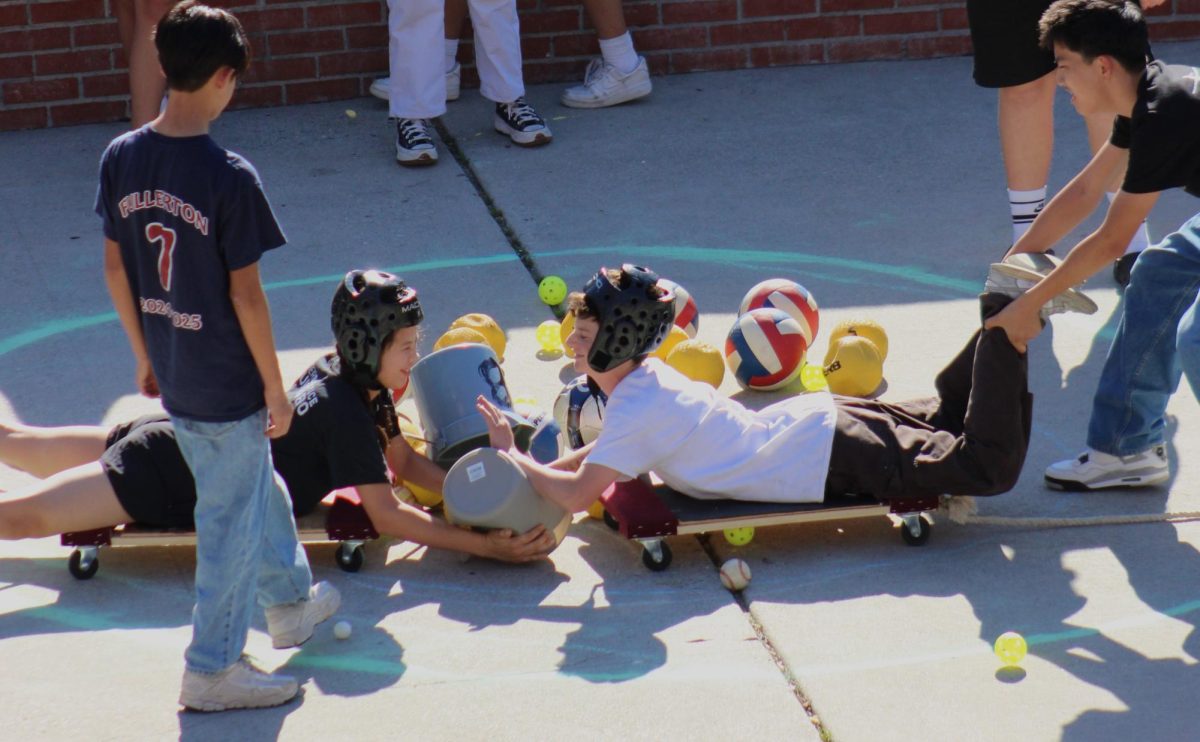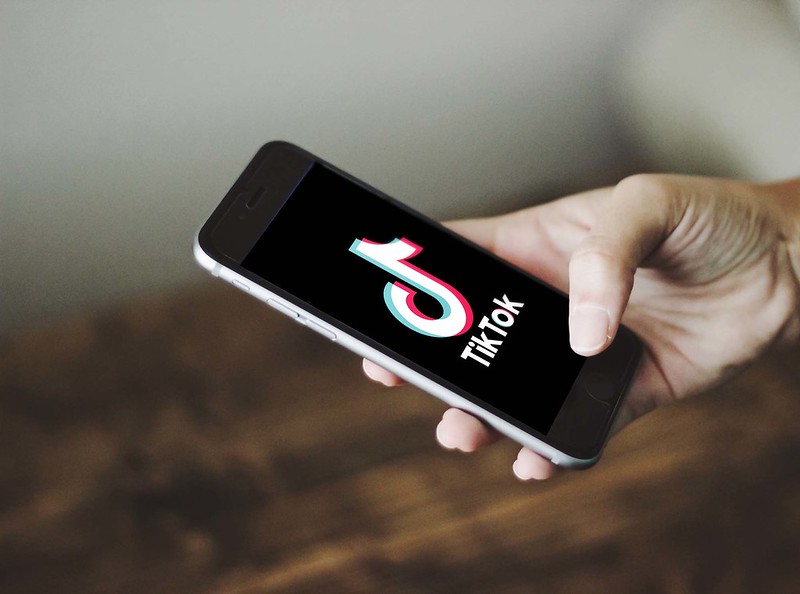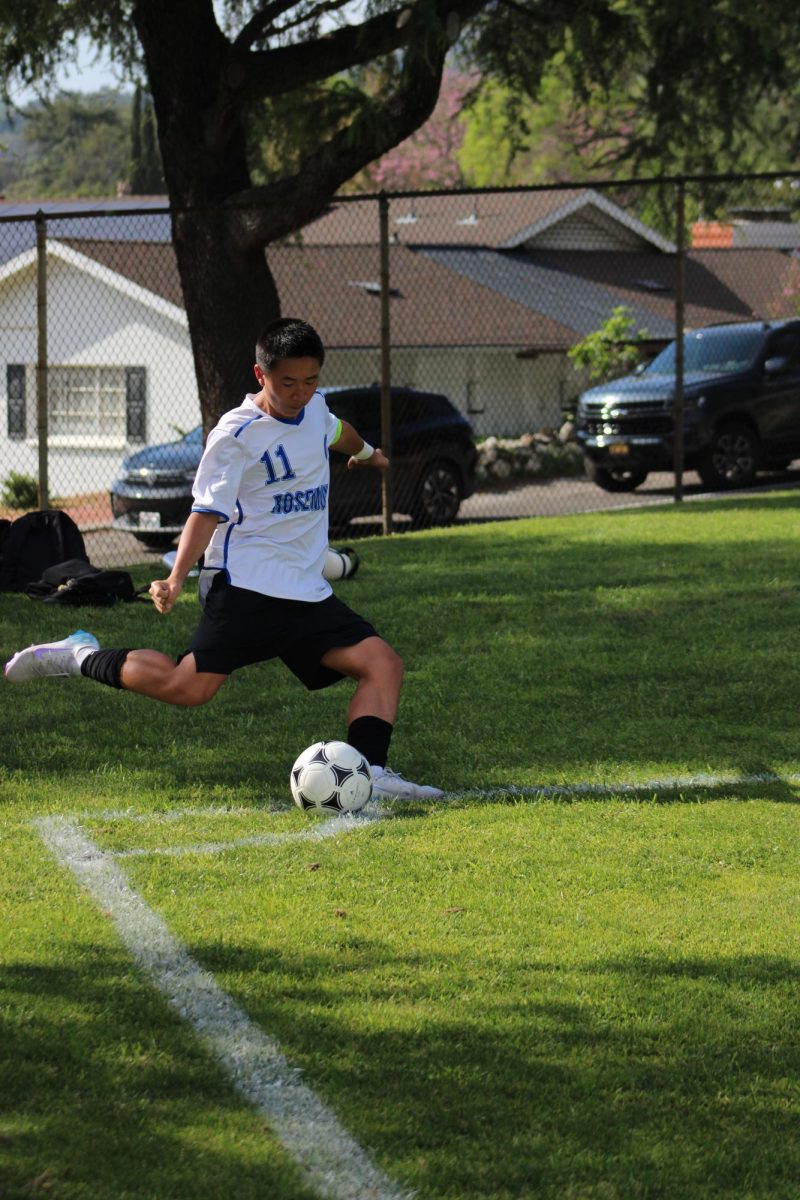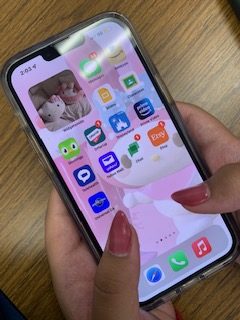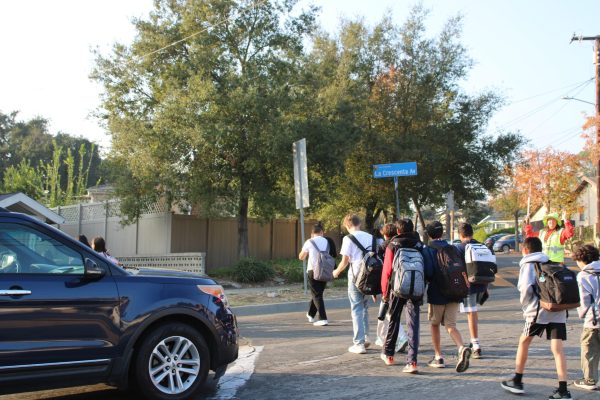The Negative Impacts of Smartphones
Nearly 95% of teens have access to a smartphone. In 2020, on average, teens used their phones for 7 hours and 22 minutes per day. Teens are adversely affected by the use of smartphones. Three potential impacts of smartphones on students are less in-person social life, the dangers of social media, and students are distracted easier.
Before the widespread use of smartphones, kids interacted with each other at school during snack and lunch. After school, kids also hangout together at the park. Kids didn’t depend on the internet to interact. Nowadays, more kids use instagram, snapchat, and other online platforms to communicate. Even though kids still have soccer practice, they use the breaks to look at their phones instead. In addition, social media has many dangers.
Some teens have social media on their phones. Social media uses can be dangerous for teens that don’t realize those dangers. If you post something on instagram, viewers can see where you are not only from location tags but also from the context in the picture. Social media has as many benefits as drawbacks. Some of these drawbacks can lead to inattentive kids.
Finally, after using cell phones for a long period of time, the brain gets used to constant stimulus. This causes the brains of kids to be less attentive. The brain is then always looking for something more entertaining than the class. Due to this, it is harder to learn new, more challenging things. Due to not learning anything, kids’ brains are not as educated as before.
In order to remove some of these problems at school, the Cell Phone Policy is implemented. Take Rosemont as an example. The Cell Phone Policy states that phones need to be turned off and in the backpack on school campus. Smartphones can be very distracting during class. These distractions can cause less social interaction. Kids without phones are forced in their social world to talk to others in person. Talking to others in person is also a very important life skill. Sometimes, the Cell Phone Policy is not required within a certain classroom. Students may use their phones with teacher permission. The school also doesn’t want to take responsibility for damaged personal devices. Schools provide chromebooks to all students. Schools know that chromebooks provide enough technology for educational purposes.
Sometimes, Ms. Park, Ms. Risse, and Mr. Laing have small competitions. Due to this, they tend to be more attentive on those days. These days, you’d better be more careful of your phones!
Citations:
Take Away Their Cellphones – Education Next
Teens spend more than 7 hours on screens for entertainment a day: Report – ABC News
Your donation will support the student journalists of Rosemont Middle School. Your contribution will allow us to purchase equipment and cover our annual website costs.

Angelina Gai grew up in La Crescenta. She is 13 years old and in 7th grade. She went to Monte Vista Elementary School. Some of her hobbies are running,...

Rachel Kim was born in December 9, 2009. She spent her elementary school years in Valley View Elementary, and is now at Rosemont Middle School. She likes...

